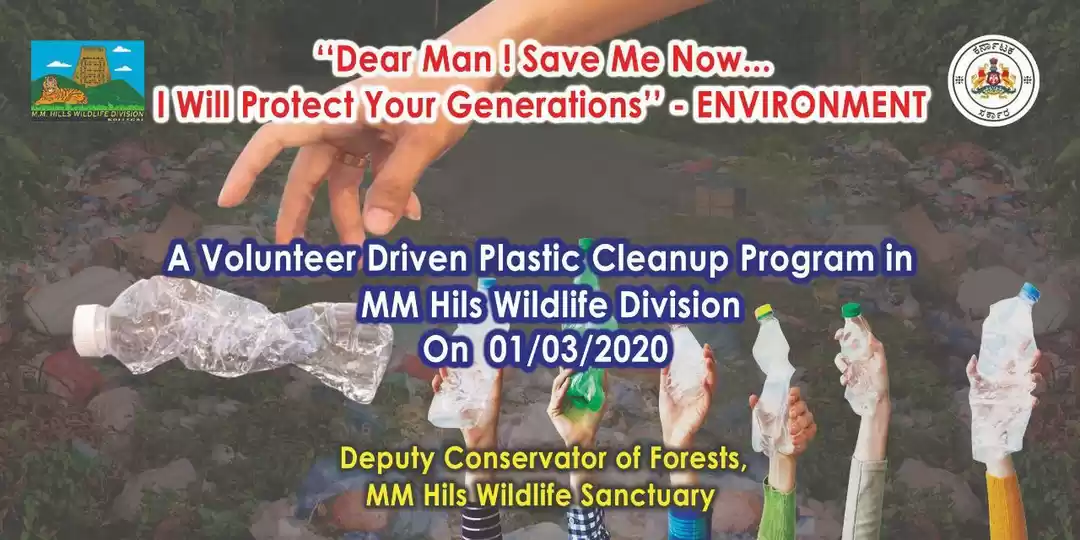
The Sandakphu trek is a beautiful one. But it is not without signs of human impact. Lakshmi spent a month at Sandakphu identifying issues related to waste management. While she is still in the process of finding ways to solve them, she believe trekkers can make the biggest impact on the trail. Here’s what she has to say.
Imagine walking through mountain trails where cool white mist comes floating before you and disappears as quickly as it came. Imagine forests where rare flowers grow in abundance and the indigenous red panda, leopards and barking deer reside deep within. If you close your eyes, you can hear birds chirping atop trees and leaves rustling with the wind. It’s like you are at the opera theatre, listening to the symphony of nature.
Imagine climbing up snowy peaks to rest above the clouds, waking up to the splendid views of four of five highest peaks in the world. Imagine passing through small picture-perfect villages, some in Nepal, some in India – you’ll never be sure where exactly because you’re constantly walking in and out of the two countries! Imagine savouring a perfect cup of hot tea and momos sitting before a warm fire.
Sounds like heaven, doesn’t it? That’s the Sandakphu trek for you.
The Sandakphu trek starts from Jaubhari, a beautiful village 33km from Darjeeling. It slowly winds through several villages (around 17 of them), covering a total 80km over a span of six days. The sunrise, sunsets, nature and weather are unparalleled!
Waste on the trail
But, as perfect as it seems, there is a silent threat slowly encroaching the pristine mountains of this region. As you look down the trail, you see amongst the fallen leaves and twigs, the human souvenirs to the mountains: plastic wrappers. Wrappers of Maggi, Wai wai, Center Fresh, Pankaj ghutka, Lays, Dairy Milk, etc. They serve as constant reminders of the polluted human civilization that trekkers intend to forget for a few days. Not only is it an eye sore, it also directly threatens the environment in a dire way. With increasing human inhabitation and no waste collection, segregation and disposal systems in place, the mountains are slowly infested with plastic wrappers all over the trail.
When people think of plastics, the main thing that comes to their mind is the plastic bottles and the plastic bags. However, plastic bottles are recyclable and are often collected by the villagers for the commercial value they bring when they are sold back.
However, little would anyone pay attention to the small Center Fresh wrapper, that even if consciously collected, are simply burnt inappropriately by the local inhabitants, for lack of a better option. I remember, during one of the many clean ups while I was there, we collected three big sacks of garbage, 95 per cent of which was the packaging wrappers that are both non-biodegradable and non-recyclable. And we are yet to find a safe way to dispose them all!
What can we do as trekkers?
As much as humans create problems, we are excellent problem solvers as well. The simplest and most effective thing to do is to avoid bringing or buying pre-packaged food as much as we can. It is the best way to stop generating non-recyclable waste. It’s better than thinking about solutions to dispose them without harming the environment. A small start is what will lead to something consequential and big. Here are a few things we can do to help.
1. Take home-made snacks in reusable boxes and avoid packaged food completely.
2. Buy locally made snacks from local bakeries. It will not only support the environment but also promote local talent.
3. If we take packaged food, we bring it back with us. This is an absolute must.
4. Bringing our own reusable bottles and not disposable bottles.
5. Bringing body care products in bottles instead of sachets would be another venue to help address the problem as the plastic bottles they often come in are recyclable but the sachets are not.
Even changing your food habits on the trek can help!
Another way to address the source of the problem is to request for local dishes made using local produce over Maggi and Wai Wai. You’ll be much surprised at how much the local soup made using Gundruk (fermented sak, which is a kind of green grown in abundance in this region) tastes like south Indian rasam. Instead of bread and oats, we could ask for porridge made from Uwa (Naked Barley) and rotis made from Kodo (millet). Dishes made using wild ferns, wild mushrooms, Churpi (a local cheese), Bamboo shoots, Singhi (fermented radish) are not only delicious but also incredibly healthy. Moreover, we will be enjoying not only the local culture but will also be helping these indigenous dishes not go down in history’s memory.
One might wonder, why all the fuss about these wastes: it is because it is our mountains; our pride; our last few places of pristine nature. It is home to a delicate and complex ecosystem with multitude of flora and fauna. The least us travelers can do is respect these majestic beautiful abodes and not violate Mother Nature’s blessing. Because at the rate waste is being mindlessly generated right now, we wouldn’t have much to enjoy the next time we visit these mountains, except for heaps and heaps of plastic wastes glittering everywhere.
Visit www.IndiaHikes.com for more information.

























